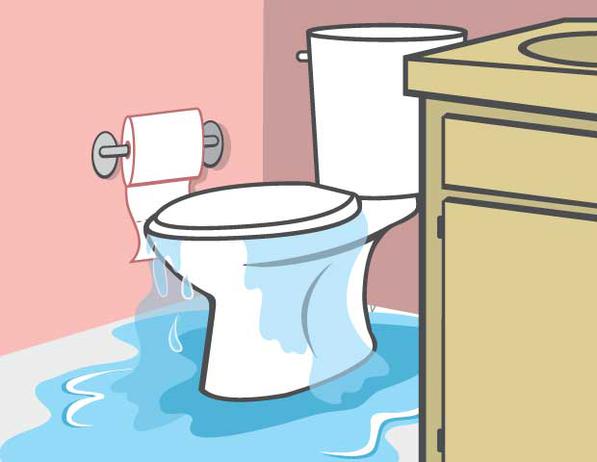Power outages are inevitable in the summertime and the consequences can be serious. Common causes include severe weather, lightning strikes and high winds.  The results of a power outage range from minor inconveniences, such as no lights or TV, to more critical situations like food spoilage, inoperable medical devices and no running water or air conditioning. A power outage alarm is the sure-fire way to be alerted whenever there’s a power failure in your primary residence or vacation home this summer.  Here is an overview of the two different types of power outage alarms – local alert alarms and call-out alarms — and how they work.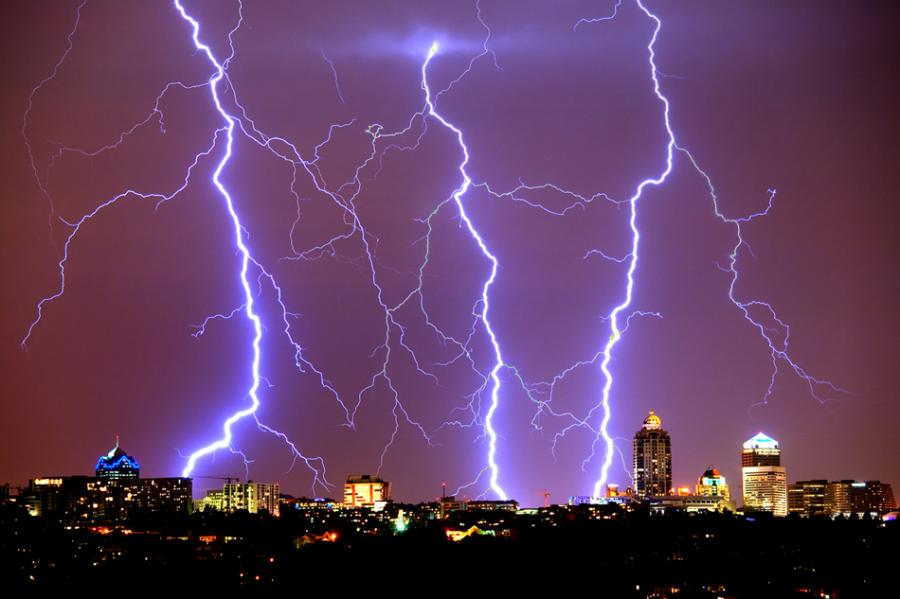
Local Alert Power Outage Alarms
To be alerted of a power outage when you are inside your home, use a “local alert†power outage alarm. These alarms siren, buzz and/or flash a light in the event of a power failure. The noise they make is loud and will get the attention of anyone inside the house.
Primary Use:
- To wake you up or alert you when the power goes out
- To turn on safety lights automatically
- To sound an alert when a circuit is tripped to a specific appliance (like a refrigerator).
Popular Models:
 The PowerOUT! Power Failure Alarm does both alerting and safety lighting. When the power goes out, it sounds a loud, pulsing alarm (like an alarm clock) and brightly lights hallways and rooms via three built-in, ultra-bright LEDs to make it safer for family members to navigate the dark house.   The PowerOUT! plugs into any 120-volt outlet or power strip and is very affordably priced.  Put one in every bedroom, bathroom and hallway.
The PowerOUT! Power Failure Alarm does both alerting and safety lighting. When the power goes out, it sounds a loud, pulsing alarm (like an alarm clock) and brightly lights hallways and rooms via three built-in, ultra-bright LEDs to make it safer for family members to navigate the dark house.   The PowerOUT! plugs into any 120-volt outlet or power strip and is very affordably priced.  Put one in every bedroom, bathroom and hallway.
To be notified when the circuit to a particular appliance has tripped (like a refrigerator, freezer, heater, water pump, sump pump and more), use the Sonicord Power Failure Alarm Cord or the Failed Circuit Alarm. Â Both alarms emit a loud 80 to 90 dB buzzing sound when the power fails to the connected appliance.
Call-Out Power Outage Alarms
A call-out power outage alarm contacts you by phone, email or text message, so you’ll always know when there is a power failure, even when you are away from the house. Most models are multi-functional and also monitor for other conditions in the home. Prices vary based on functionality.
Note that call-out power outage alarms need a way to communicate, either a landline phone connection, cell phone signal or Internet connection. Choose the model that fits the communication service available at your site.
Primary Uses:
- Protect vacant vacation homes
- Protect homes of frequent travelers
- Get alerts whenever you are out of the house, such as at work or school
- Protect against other conditions, such as break-ins, high or low temperatures, or fire and smoke (in addition to power outages)
Landline Phone Models:
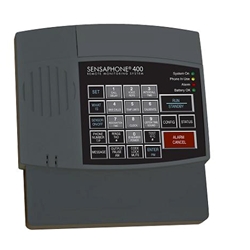 The Intermediate FreezeAlarm is a reliable, basic call-out alarm that dials up to three phone numbers when there is a power failure. It also monitors for freezing or excessively hot temperatures and allows you to call in for real-time updates on temperature, power and battery status. The Deluxe Freeze Alarm has the same features but can also accept sensors to monitor for water leaks or intruders.
The Intermediate FreezeAlarm is a reliable, basic call-out alarm that dials up to three phone numbers when there is a power failure. It also monitors for freezing or excessively hot temperatures and allows you to call in for real-time updates on temperature, power and battery status. The Deluxe Freeze Alarm has the same features but can also accept sensors to monitor for water leaks or intruders.
For a truly multi-functional landline call-out alarm, choose one of the more advanced models that have inputs for optional sensors to monitor for break-ins, humidity, fires, smoke and flooding. Best sellers in this category include the Sensaphone CottageSitter 400 with inputs for four sensors and the Rokonet Power Failure Emergency Siren and Dialer Kit which accepts up to 32 wireless sensors.
Cellular Models:
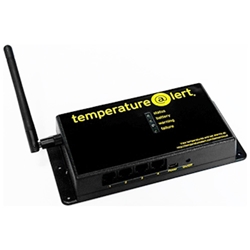 Even if there’s no landline phone at your location, you can still use a call-out power alarm as long as there is cell service at your site.  The DIY Cellular Alarm for Homes sends text message alerts to up to three cell phone numbers to warn of power outages and two other conditions. When power is restored or the conditions return to normal, the DIY Cellular Alarm sends another text message so you know that the situation is resolved.
Even if there’s no landline phone at your location, you can still use a call-out power alarm as long as there is cell service at your site.  The DIY Cellular Alarm for Homes sends text message alerts to up to three cell phone numbers to warn of power outages and two other conditions. When power is restored or the conditions return to normal, the DIY Cellular Alarm sends another text message so you know that the situation is resolved.
Another model, the temperature@lert Cellular Edition, plugs into any electrical outlet and monitors the room’s ambient temperature. If the temperature falls or rises outside the set range or there is a power outage, it notifies you via phone call, text message, or email.
Note: You can also provide a cellular connection to any other type of call-out power outage alarm using a device called a cellular terminal that provides instant cellular connectivity at your location.
Internet Models:
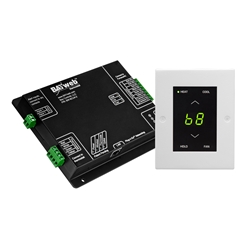 The web-enabled Sensaphone Web 600Â communicates via the Internet and sends out email and text message alarm notifications instead of phone calls. Â This call-out alarm has inputs for up to six external sensors and will contact up to eight people. (Note it requires battery backup for continued operation during power outages.)
The web-enabled Sensaphone Web 600Â communicates via the Internet and sends out email and text message alarm notifications instead of phone calls. Â This call-out alarm has inputs for up to six external sensors and will contact up to eight people. (Note it requires battery backup for continued operation during power outages.)
Or, build your own multi-functional remote thermostat and power outage alarm by plugging a BayWEB Internet Thermostat into an inexpensive Power Loss Sensor and have the ability to receive power failure notifications via email or text message along with advanced energy management capabilities.


